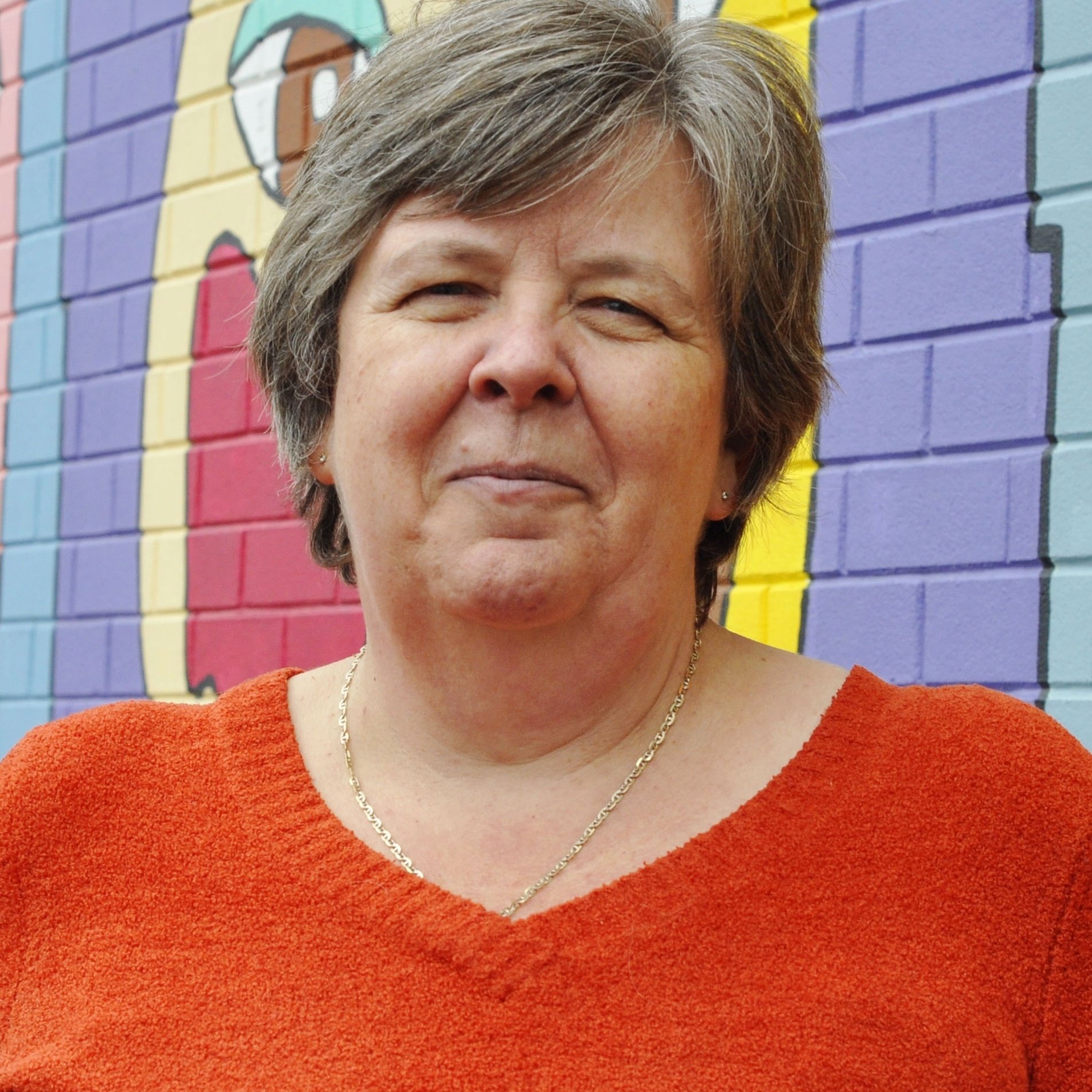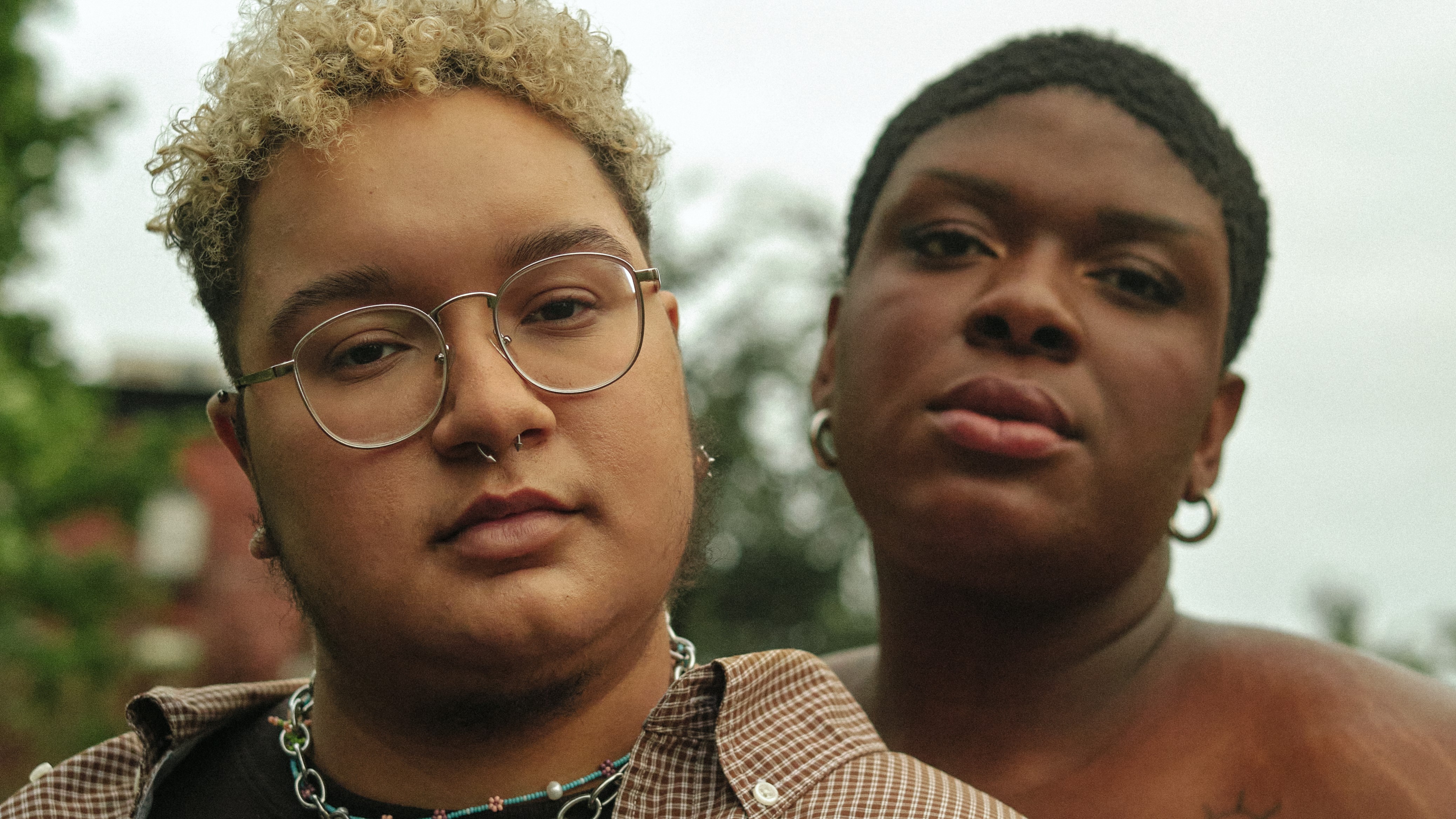Over the past several weeks I have attended workshops, meetings and conferences about a wide variety of topics including  refugee settlement, advancing STEM (science, technology, engineering and mathematics), homelessness and health. In each case, I was not the content expert, in fact, I knew very little about the subject matter being discussed. Rather, I was invited for my knowledge of community engagement and collective impact.
refugee settlement, advancing STEM (science, technology, engineering and mathematics), homelessness and health. In each case, I was not the content expert, in fact, I knew very little about the subject matter being discussed. Rather, I was invited for my knowledge of community engagement and collective impact.
During and after these sessions, there was a language spoken that I did not understand. Everyone was speaking English, but the language was filled with acronyms which was familiar to most of those in the audience but far from familiar to me. It was almost as if I was visiting another country.
This experience has led me to consider the language of inclusion. Inclusion is the act or state of being included within a group or structure. When we use language that is filled with acronyms or concepts not familiar to everyone in the group, we are creating an insider/outsider culture.
Language is critical to building relationships and trust. If we want to work collaboratively, we need to understand each other and share a common language. And yet, each of us, our organizations and the systems in which we work create a short hand or a language of acronyms. This language of acronyms, rather than connecting us, creates distances between us.
This has been exacerbated when we consider the language that has emerged through social media.
An alphabet soup of acronyms, abbreviations, and neologisms has grown up around technologically mediated communication to help us be understood. I’m old enough to have learned the acronyms we now think of as textspeak on the online forums and ‘internet relay chat’ (IRC) that pre-dated text messaging. On IRC, acronyms help speed up a real-time typed conversation. On mobile phones they minimize the inconvenience of typing with tiny keys. And on Twitter they help you make the most of your 140 characters. (Source)
While this post is positive about the use of online communications tools like Twitter and Facebook, it also acknowledges that these tools leave some people behind.
In community change and collective impact efforts, we are often connecting with individuals inside our networks but we are also looking to connect with those outside our current networks. Involving a diverse range of individuals enables us to see the problem from a variety of different perspectives.
This is where language becomes critically important. Here are some steps to consider:
- Step 1: Bust through acronyms and organizational short hand.
- Step 2: Clarify key concepts important to share the work. What do you mean by community engagement? What is collective impact?
- Step 3: Identify agreements. How will you work together? What values are important to the shared work? Will your group collective work toward consent or consensus?
- Step 4: Consider power dynamics. Not everyone will have equal voice. Some of us are shy and others are confident. Not everyone will share the same language skills. Consider how this will impact your group and how you will include all voices.
- Step 5: Listen, learn and adapt. Watch and practice the language of inclusion. Stop and ask others how they might interpret what was said. Provide opportunities for people to ask for clarification.
As I think about the workshops that I will be delivering in the next few weeks, I am going to practice these steps. Let’s all pause, reflect and decide if we are using a language of inclusion in our collaborative work.





